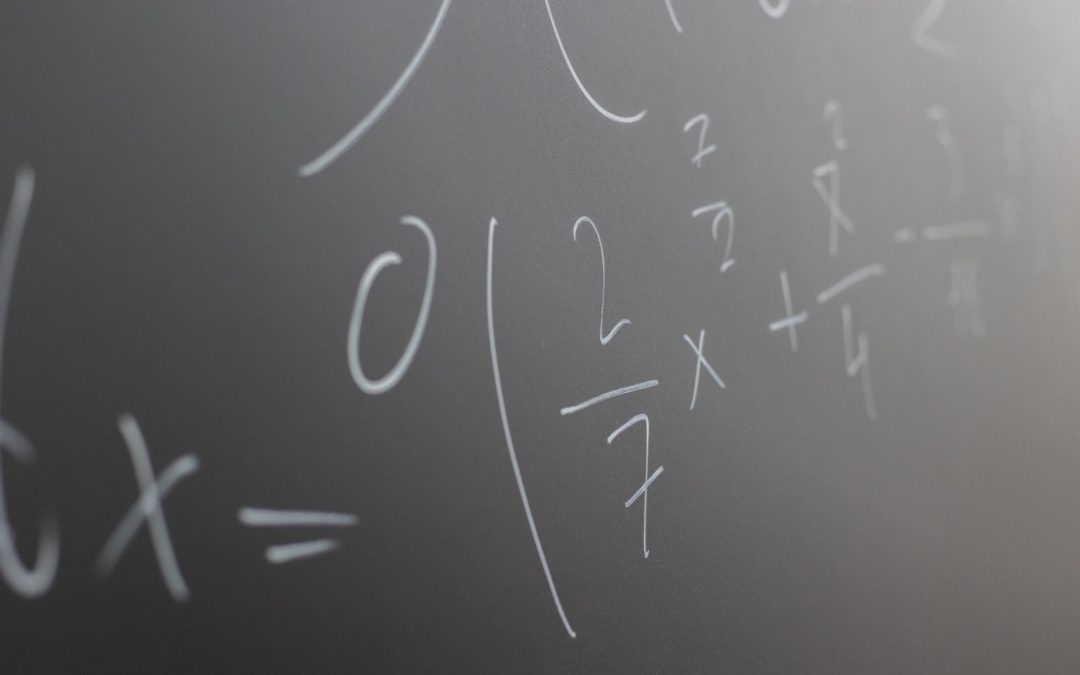There has always been a massive disconnect between learning math and practical applications, unless you’re the guy from the textbook who buys watermelons 32 at a time. Surprisingly enough, many of the skills learned in math class have far more real world applications than simple addition and subtraction. Here are a few math lessons that come into play in real world situations.
Baking
Baking is something almost every household does at some point, especially around holidays. Knowing your units of measure, conversions for recipes, and something as simple as doubling a recipe and how to measure properly in ounces, cups, teaspoons, pints and the like are essential. Baking is more of a science than an art (literally, it’s just very tasty chemistry), so getting everything just right is the key to having those perfect holiday cookies or birthday cake.
Sales and Promotions
The ‘is over of’ rule for percentages becomes a lot more exciting when it comes to the seasonal 75% off clearance sale at your local outlet stores. Knowing both proper budgeting combined with multiple percentage sales (especially if you also have coupons for percentage savings on top of the sales) can be a lot to juggle, especially in one’s head, but it’s a great way to practice and comes into play a lot more often you’d think.
Geometry and Dimensions
Geometry and measurements might seem like one of the most abstract kinds of math growing up, until you decide to do some home improvement work on your house and realize you need to find the area of the pipe you’re running into the bathroom wall so you know how big of a hole to make in the tile. Contractors, home improvement experts, and DIYers around the world eat, sleep, and breathe geometry, and rely on it with almost every project they do.
Angles and Physics
While not something everyone might use, the reliance on angles can be extremely important in some niche professions. Physical Therapists, for example, use angles to measure ranges of motion in patients to track recovery progress, and use a combination of angles, force diagrams, and biomechanics to measure strength and design therapeutic exercise to target specific muscles in the body.
